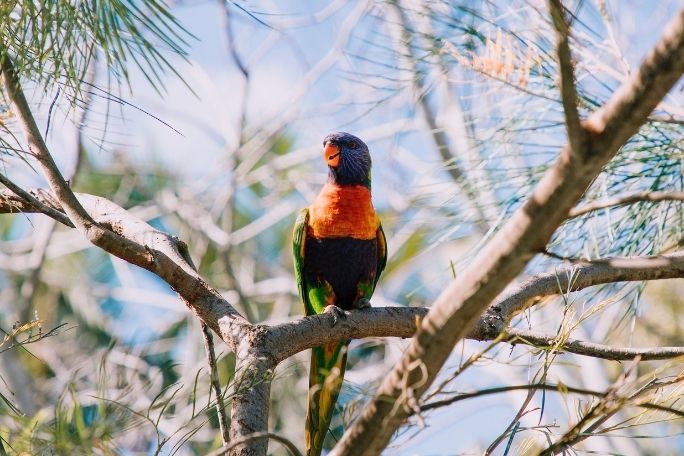Lesson summary
Working as a class, students map the locations of different habitats on their school ground. They collect data to identify which habitats are the ‘hot spots’ for the most kind of plants and animals (species diversity).
Learning intentions:
Students will...
- build an understanding of mapping and data collection.
Lesson guides and printables
Lesson details
Curriculum mapping
Australian curriculum content descriptions:
Year 3 Mathematics:
- Create and interpret simple grid maps to show position and pathways (ACMMG065)
Year 3 Science:
- Represent and communicate ideas and findings in a variety of ways such as diagrams, physical representations and simple reports (ACSIS060)
Year 4 Mathematics:
- Use simple scales, legends and directions to interpret information contained in basic maps (ACMMG090)
Year 4 Science:
- Represent and communicate ideas and findings in a variety of ways such as diagrams, physical representations and simple reports (ACSIS071)
Syllabus Outcomes: ST2-4WS, MA2-17MG, MA2‑2WM.
Resources required
- Art materials
- Copies of a school ground map
Additional info
This is an original Cool.org lesson. Facts and figures in these lessons may have changed since this lesson was published. We always endeavour to update our resources in a timely manner, but if you see an error or issue in our resources please get in touch with us.


Welcome back!
Don't have an account yet?
Log in with:
By signing up to Cool.org you consent and agree to Cool's privacy policy to
store, manage and process your personal information. To read more, please see
our privacy policy here(Opens in new tab).
Create your free Cool.org account.
Many of our resources are free, with an option to upgrade to Cool+ for premium content.
Already have an account?
Sign up with:
By signing up to Cool.org you consent and agree to Cool's privacy policy to
store, manage and process your personal information. To read more, please see
our privacy policy here(Opens in new tab).